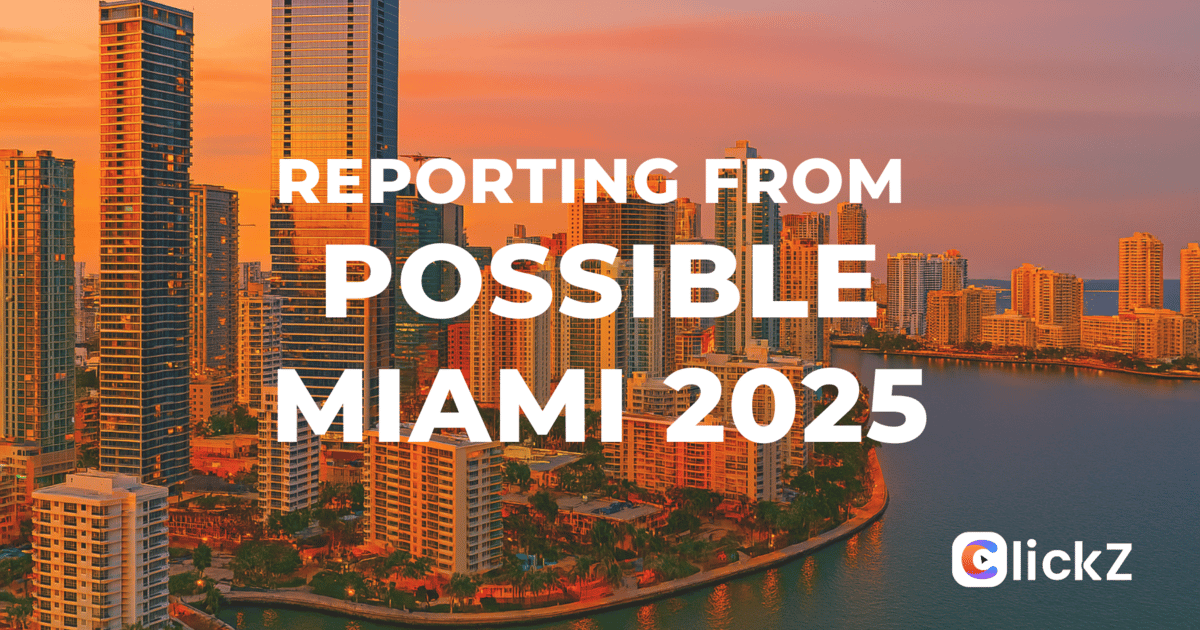Retail media is growing fast but not always simply. In this masterclass at POSSIBLE 2025, leaders from Albertsons Media Collective and Mondelez International offered a candid look at what it actually takes to build an omnichannel retail media network that performs across store, ecommerce, apps, and CTV and why success comes down to more than just technology.
This wasn’t a pitch for platforms or programmatic pipes. It was a call to build around the shopper, not the structure and to keep simplicity, accountability, and collaboration at the heart of the model.
Relevance Can’t Be Measured by Reach Alone
The panel opened by challenging the assumption that a successful media campaign is one that reaches the most people. Instead, the team argued that modern media especially at retail must be held accountable to outcomes that matter: transactions, category lift, and business impact.
Retail media isn’t just another marketing tactic. It’s the point of sale. And every channel, from in-store to CTV, should be measured by its ability to get product in the basket not just deliver impressions.
One of the biggest obstacles to omnichannel success? Internal complexity. As panelists described it, large brands often have dozens of teams involved shopper, brand, ecommerce, digital, insights, legal all trying to tap into the same data and media infrastructure.
The result is friction: different KPIs, different timelines, different expectations. Roche and Hovorka emphasized that retail media networks can help reduce this tension, but only when they act as connectors not gatekeepers for clean, actionable data that supports multiple outcomes.
The more brands and retailers can standardize how they define success, the more efficient and collaborative the model becomes.
There’s No Silver Bullet but There Is Accountability
Saraceni underscored a growing tension: while marketers want scale and simplification, there’s no single network or solution that solves for all outcomes. But that doesn’t mean retail media can’t deliver accountability. It just means expectations must be calibrated.
Every dollar spent should be measurable not just in clicks or completion rates, but in incrementality and business contribution. Whether it’s a brand-building display ad or a shoppable unit driving immediate purchase, the focus must shift from media volume to outcome value.
Retail Media Isn’t Just Media. It’s Commerce Infrastructure
Panelists also cautioned against treating retail media as a siloed channel. Done well, it blends into the full commerce experience surfacing discovery, enhancing utility, and providing a data feedback loop that improves everything from product launches to shopper marketing to inventory decisions.
That level of integration takes partnership. Hovorka described efforts to open up retail media systems so that agencies and CPG teams can plug in more easily helping simplify workflows and align creative and media across campaigns.
Test-and-Learn Culture? Only If It’s Honest
The session ended with a refreshing reality check. While “test and learn” is a common mantra, most teams especially in tight economic climates are under pressure to turn every test into a win. That pressure, panelists noted, can make experimentation performative rather than productive.
Instead, the call was for a culture where not every activation needs to be a home run where learning is part of the metric, and where incremental performance is understood as a win in complex ecosystems.
📲 Like what you’re seeing?
💬 Want to swap ideas or talk strategy while you're here?
Book a quick meeting with the ClickZ team — we'd love to hear what you're working on.
Heads up! To ensure you continue receiving our newsletters, please add [email protected] to your contact list!
Independently Created. Not affiliated with POSSIBLE.

ClickZ is a ClickZ Media publication in the Events division



